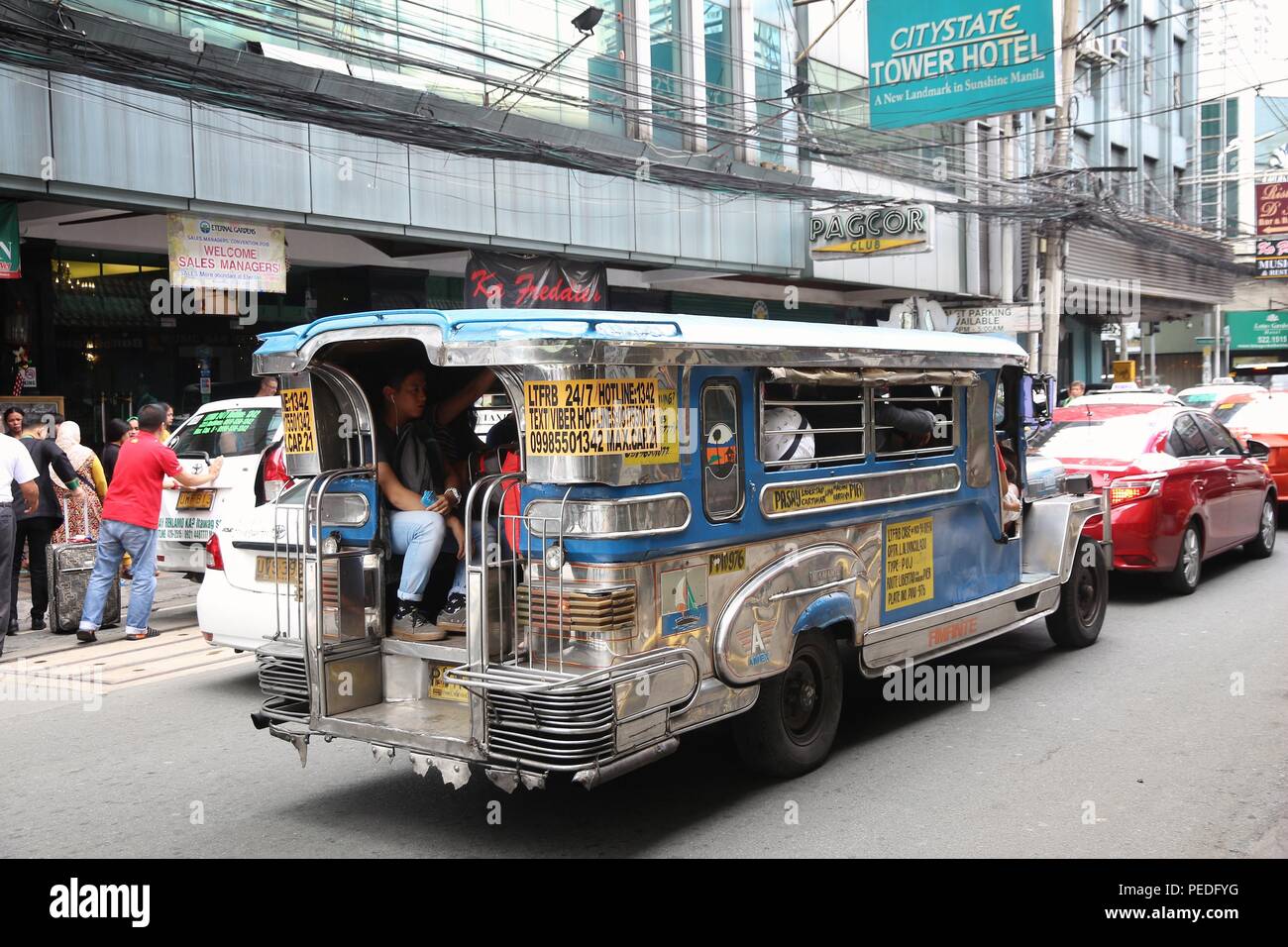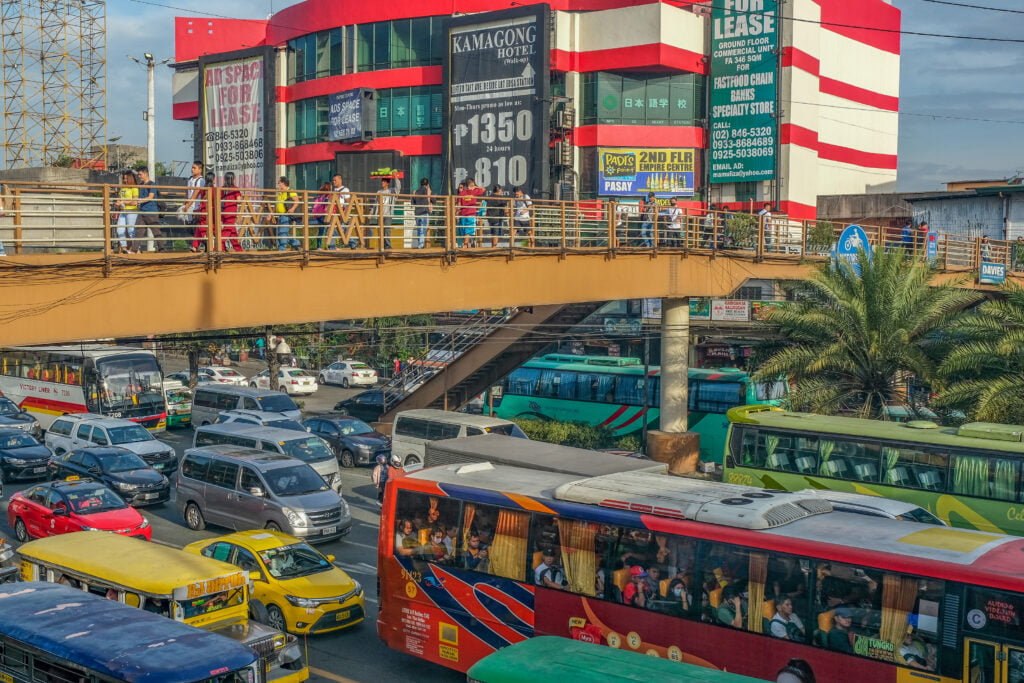Transit Advertising Philippines: An Innovative Method to Market
Transit Advertising Philippines: An Innovative Method to Market
Blog Article
Checking Out the Influence and Efficiency of Transportation Marketing in Urban Advertising Techniques
Transportation marketing has actually come to be a significant element of urban advertising approaches, capitalizing on the distinct dynamics of public transportation atmospheres. With the fast advancement of modern technology and changing customer actions, the landscape of transit marketing is going through noteworthy modifications that merit closer exam.
The Surge of Transportation Advertising And Marketing
As city populaces remain to swell, the demand for cutting-edge advertising and marketing remedies has actually caused the increase of transit advertising as an essential component of city marketing techniques. This form of advertising leverages public transport systems-- such as trains, buses, and trains-- to reach a diverse audience in largely inhabited areas. The effectiveness of transportation advertising and marketing depends on its capability to engage consumers throughout their day-to-day commutes, an usually neglected yet critical time for brand messaging.
With cities becoming significantly busy, conventional advertising areas are ending up being scarce and much less effective. Transportation advertising provides a dynamic choice, allowing brand names to showcase their messages in high-traffic areas where possible clients are consistently subjected to the advertisements. Furthermore, as city locals increasingly rely upon public transportation, the significance and visibility of transportation marketing have actually grown substantially.
Moreover, technological improvements have improved the refinement of transit marketing, permitting digital screens and interactive projects that can record consumer attention better than static ads. As a result, transportation marketing is not only a cost-effective alternative but likewise an essential strategy for brands looking for to attach with urban customers in an impactful and unforgettable manner.
Secret Advantages of Transit Advertising
The effectiveness of transit advertising is underscored by its multifaceted benefits, making it an indispensable tool for metropolitan marketing professionals. One of the key benefits is its extensive reach; transit systems offer numerous guests daily, allowing brand names to link with a varied target market in high-traffic settings. This presence improves brand awareness, guaranteeing that ads are seen repetitively by travelers.

Additionally, transit marketing is cost-effective contrasted to other media, supplying a lower price per perception while maintaining high exposure. The flexibility of advertisement formats, from bus covers to electronic displays, enables innovative and impactful projects that can adjust to transforming market needs.
Consumer Behavior Insights
A substantial part of customer actions is influenced by the pervasive nature of transit advertising and marketing in city settings. This kind of advertising and marketing catches the interest of varied demographics, engaging customers throughout their daily commutes. As people browse dynamic cityscapes, they experience transportation advertisements in various styles, consisting of bus covers, metro posters, and digital screens. The critical positioning of these ads takes full advantage of visibility, consequently boosting brand name recall.
Research indicates that transit advertising can evoke psychological feedbacks, leading to increased brand affinity. Consumers usually link the experience of travelling with particular brands, creating a long-term impression that influences purchasing decisions. Furthermore, the regularity of direct exposure to transit ads fosters familiarity, which is an important aspect in consumer depend on and commitment.

In addition, the public facet of public transport adds to this phenomenon; as individuals share spaces, they are most likely to go over and suggest brands they encounter. Hence, transportation marketing not just reaches customers however likewise stimulates social interactions that strengthen brand name messaging. Understanding these behavior understandings enables online marketers to tailor their techniques efficiently, guaranteeing that their projects resonate with target market in the metropolitan landscape.
Case Studies and Success Stories
Effective execution of transit advertising and marketing methods is exemplified via different study that highlight its efficiency in urban advertising and marketing. One noteworthy instance is the partnership between a prominent drink business and a significant city's public transit system. The campaign used bus covers and interior posters, causing a 30% increase in brand name recognition and a 15% increase in sales within the target demographic over three months.
An additional successful instance involved a regional restaurant chain that employed train station advertising and marketing to attract commuters. By developing aesthetically striking advertisements that provided timed promos, the dining establishment experienced an uptick in foot web traffic, with an impressive 25% increase in lunch hour clients.
Additionally, a city's tourist board released a transit campaign showcasing regional destinations through bus stop display screens and metro ads. The initiative caused a substantial boost in vacationer visits, as reported by a 40% increase in queries at site visitor facilities.
These study emphasize the flexibility and possibility of transportation advertising to engage city target markets effectively, showing that tactical placements can produce significant returns on financial investment and boost brand presence in bustling urban environments. - Transit Advertising Philippines
Future Trends en route Marketing
As metropolitan landscapes proceed to evolve, so too does the world of transportation advertising and marketing, which click here to read is positioned to embrace cutting-edge modern technologies and approaches. One substantial fad is the integration of electronic advertising and marketing displays right into public transit systems. These dynamic display screens permit real-time updates and targeted web content, improving audience engagement. Furthermore, the fostering of programmatic advertising and marketing is anticipated to gain momentum, allowing advertisers to leverage data analytics for more specific target market targeting based on time, place, and market insights.
One more redirected here emerging trend is using increased reality (AR) and online truth (VR) experiences within transportation advertising and marketing. These immersive innovations can captivate travelers, changing ordinary journeys right into interactive brand experiences. In addition, sustainability is coming to be progressively vital; eco-friendly marketing products and methods are most likely to acquire grip, showing the expanding consumer need for corporate social responsibility.
Lastly, the increase of mobile connectivity will help with better assimilation between transit advertising and marketing and personal gadgets. Marketers can create seamless cross-channel experiences, enabling for prompt communication and interaction with prospective consumers. Collectively, these trends show a transformative future for transit advertising and marketing, offering new opportunities for brand names to connect with metropolitan audiences.
Conclusion
Transit marketing has established itself as a considerable part of metropolitan advertising and marketing strategies, demonstrating significant efficiency with other improved brand name visibility and customer involvement. The ability to adapt messages to specific demographics, coupled with the cutting-edge use innovation, settings transit advertising as a driving force in contemporary marketing (Transit Advertising Philippines). As urban environments continue to develop, the future of transportation advertising and marketing promises more improvements, guaranteeing its relevance and influence in shaping consumer perceptions and habits in urban landscapes
As urban populations continue to swell, the demand for ingenious advertising and marketing options has actually led to the surge of transportation advertising and marketing as a crucial element of metropolitan marketing strategies.A substantial part of consumer behavior is affected by the pervasive nature of transit advertising in urban atmospheres. Collectively, these fads suggest a transformative future for transit advertising and marketing, offering new methods for brand names to connect with city audiences.
Transit advertising and marketing has actually established itself as a significant element of urban advertising and marketing methods, demonstrating substantial performance through boosted brand visibility and customer engagement. As city atmospheres continue to evolve, the future of transportation advertising and marketing assures additional innovations, ensuring its importance and effect in forming consumer assumptions and habits in urban landscapes.
Report this page